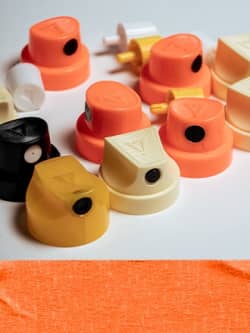#FactsFriday ”“ The History of Air Max 1

It was a different world back when Nike first launched the Air Max 1 in 1987. There was public uproar when the company bought the rights for The Beatles' "Revolution" for the shoe's marketing campaign. However today, that's simply how recording artists earn their living. Things change. Attitudes adjust. The Nike Air Max 1 has similarly changed with the times, adapting and utilizing new technologies while staying true to its core design. In anticipation of the launch of the Nike Air Max Flyknit, we’re taking a step back to examine the evolution of the runner that started it all.

The Nike Air Max 1 was the first sneaker produced in the Air Max line from Nike released back in 1987 and recently has been re-released in original and new colourways. Though Air had been present in Nike shoes since 1979, Tinker Hatfield is responsible for putting Air Max on display for the world to see when he designed the Nike Air Max 1.

Inspired by the Pompidou Centre in Paris, Tinker, originally an architect for Nike, had the idea of making the inner workings of the Nike Air Max cushioning system visible in the Air Max 1. The Nike Air Max 1 was a pioneer in its space and is the foundation for one of the most successful lines in Nike's portfolio - the Air Max line.
When Tinker Hatfield went to work on the Air Max 1, the exposed inner-workings of the Parisian structure figured prominently in his vision which married his current position with his past work as an architect. While today his name rings out in the sneaker community like an oracle capable of achieving things in design that others wouldn’t even dream of, his initial employment at Nike positioned him to be just another guy at the growing brand whose job it was to conjure up the environment for commerce rather than make the products on the shelves.

When Hatfield transitioned from architecture to sneaker design, Nike was positioned to become a billion dollar company. Yet, the competition was quickly catching up on them and they were losing ground in virtually every athletic footwear category besides basketball which was buoyed by the Air Jordan 1 at the time.
At the time, Nike only had nine sneaker designers. Whether they saw something distinctive in Hatfield, or merely didn’t have the bandwidth at the time, he was eventually brought into the fold to try and reenergize a design team that saw the competition creeping up on them.

“The shoe was designed to breathe, be flexible and fit well but the fact it had the air window in the sole and the frame colour around it meant it looked a lot different than other shoes in its day,” Hatfield said, while also adding that the shoe wasn’t “over designed.”
The Air Max series has gone on to boast other notable silhouettes like the Air Max 90, Air Max 180, Air Max 93, Air Max 95, Air Max 97, Air Max 2003, Air Max 360 and Air Max 2015 – all of whom relied on the visual air unit.

Facts about the Air Max 1
atmos was the First Company to collaborate on an Air Max 1
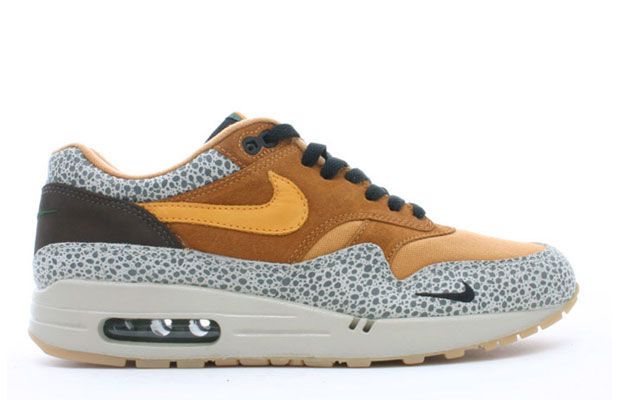
In 2002, Japanese retailer atmos teamed up with Nike to create a unique version of the classic runner. The design was aimed at increasing sales to their customer base and creating a unique, never-seen-before version. The creatives at atmos combined elements of the Nike Air Safari with the silhouette of the Air Max 1, in what is now regarded as a 15th anniversary tribute by many, and is considered one of the greatest Air Max 1 colourways of all time.
The Biggest Air Unit To Date
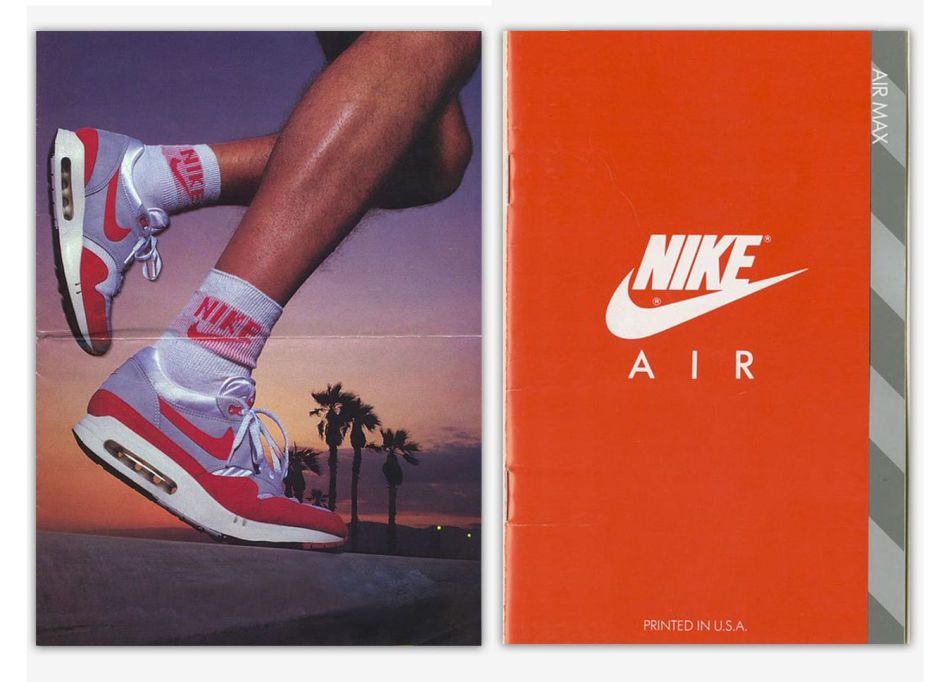
Although today a majority of Nike sneakers feature full-length Air and impressively large Air cushioning Units, the Air Max 1 featured the biggest Air Unit of its time. Not only was the visible factor impressive, the performance aspects and cushion capabilities were unparalleled in 1987. According to Nike ads, it was three times bigger than the unit used in previous shoes.
The Air Max 1 is the Only Sneaker With An Entire Book of Art Dedicated to It

In 2011, Matt Stevens began the MAX100 project. His goal was to create original art and capture it all in the form of a book entitled MAX100. What began as a crazy idea, continued with a Kickstarter project and resulted in one of the most significant sneaker projects amongst sneaker collectors that share a love for the original, the Nike Air Max 1.
Suede and Mesh Takes a Vacation
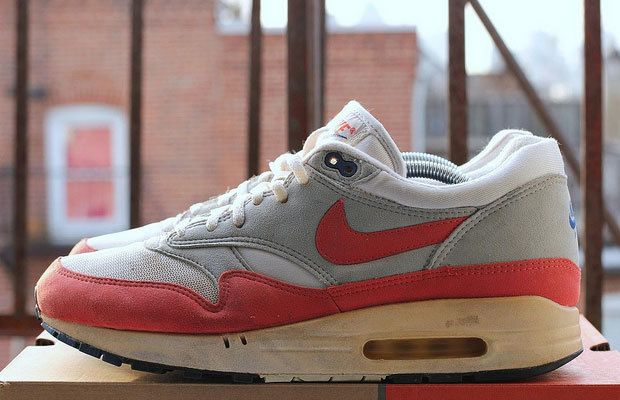
The first versions of the Air Max 1 featured suede and mesh in the unforgettable red, white and grey colour combo. After the initial launch of the shoe, leather versions released in 1988 and again in 1992. It wasn't until 1995 that the suede and mesh combination returned to the Air Max 1.
The father of the system Air

Many people believe that it was invented Hatfield Air system. In fact, the creator of the technology was Marion Frank Rudy - inventor, engineer aerospace. He was hired by Nike to develop what is today known as the Nike Air. To be precise, we should call this technology "coupled with gas sealed in polyurethane coating," but in relation to shoes it was not the best description, which is why they were named simply Air Max 1.
The Colourway Was Also Inspired By The Pompidou Center
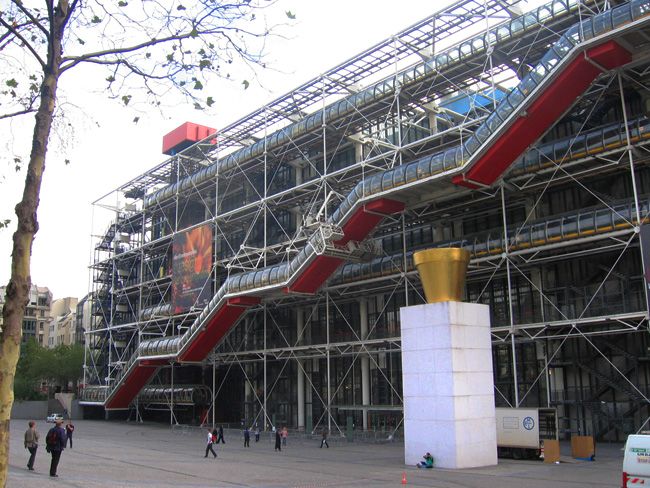
Not only was the design of the Air Max 1 inspired by the Le Centres George Pompidou, the bold colours that were chosen were also taken from the same experience that Tinker had in Paris. The Pompidou Center's exterior was painted in bright colours to make the design stand out. For the Air Max 1, the bright red colourway was chosen for the same reason, Tinker wanted them to be noticeable from a distance.
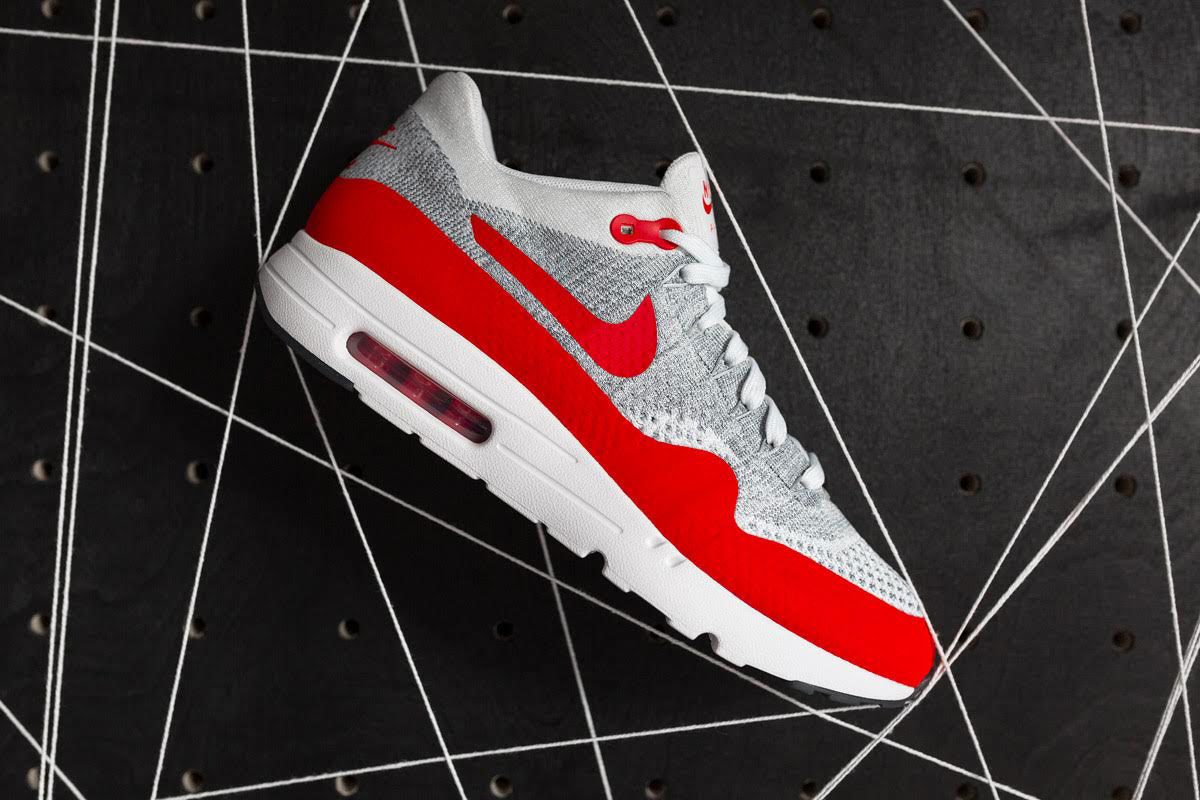
Now almost three decades later, the sneaker that started it all is introduced with Nike Flyknit construction. Look out for the Nike Air Max 1 Flyknit hitting our shelves very soon!















